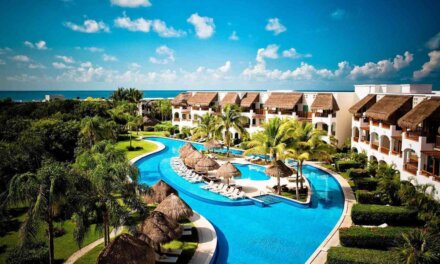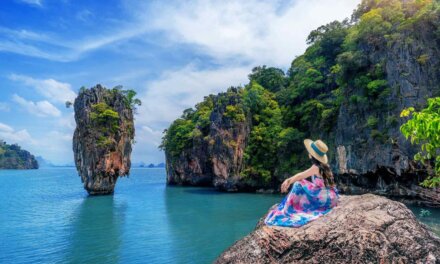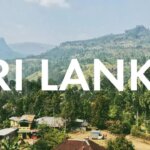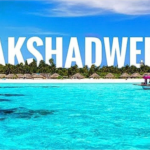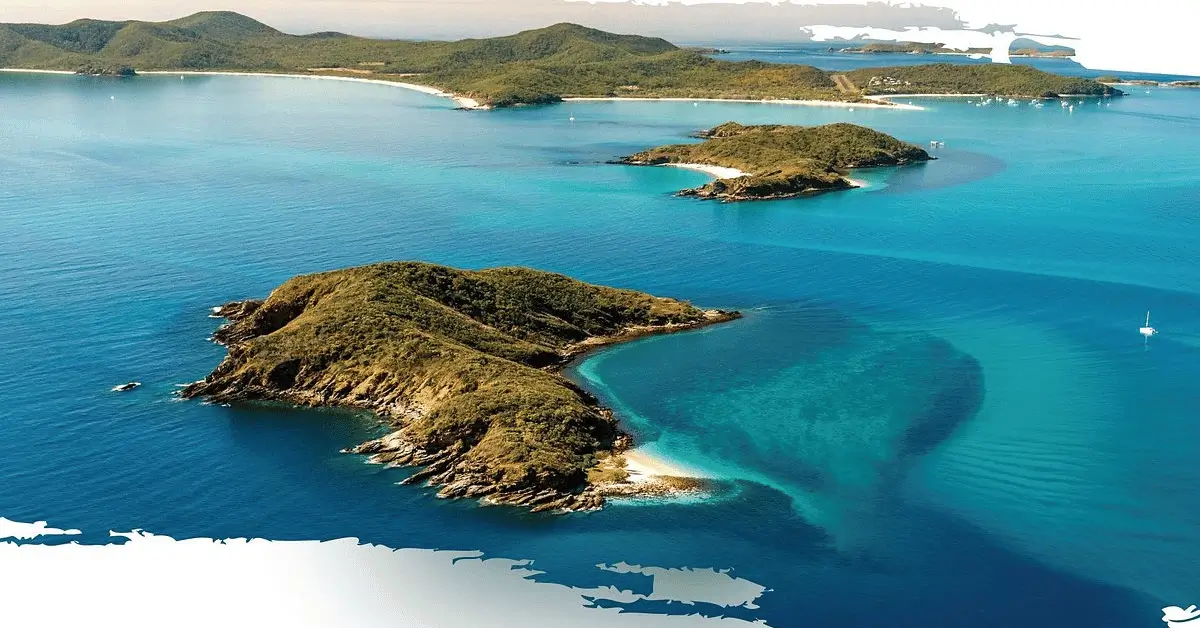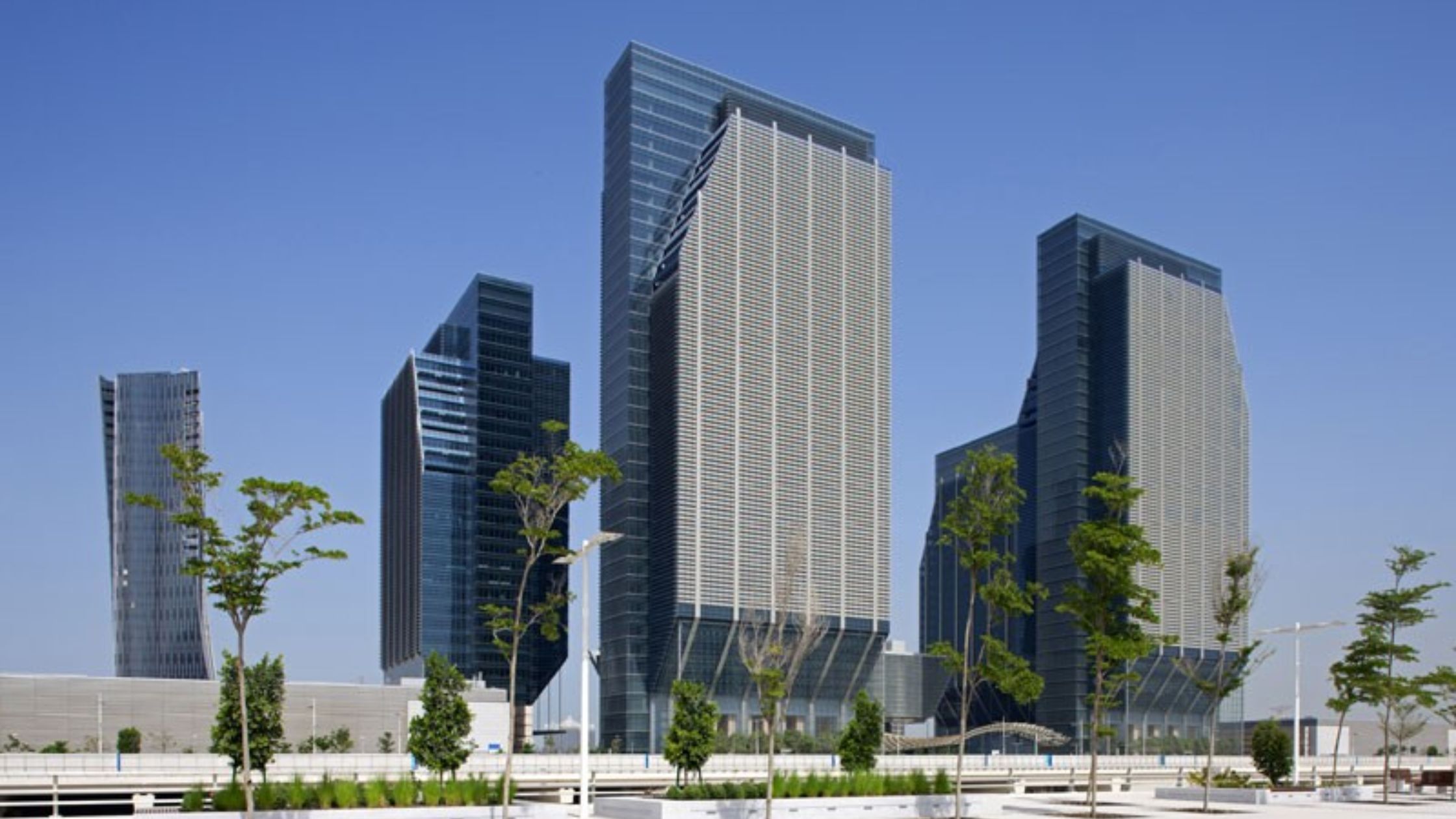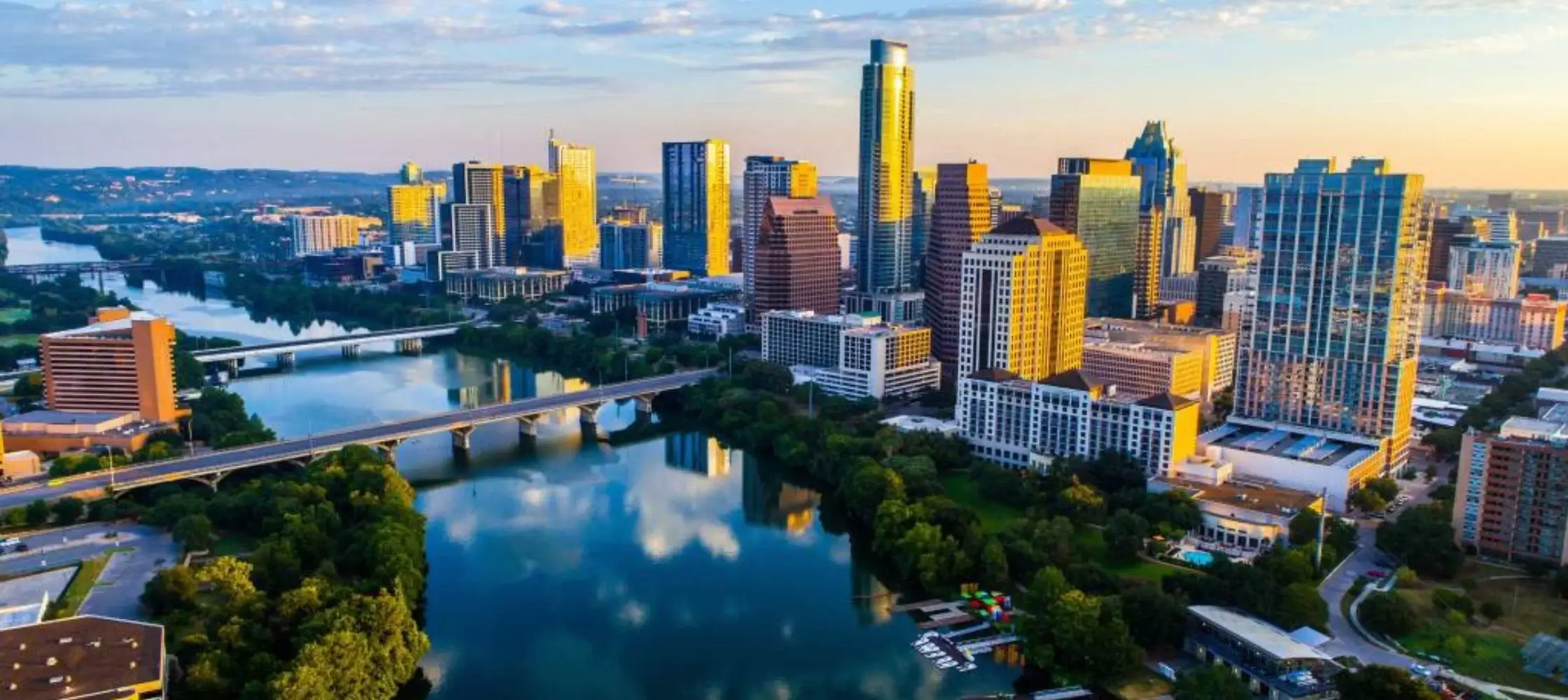
Glamping in Southeast Asia: Top 5 Picks for Nature Lovers
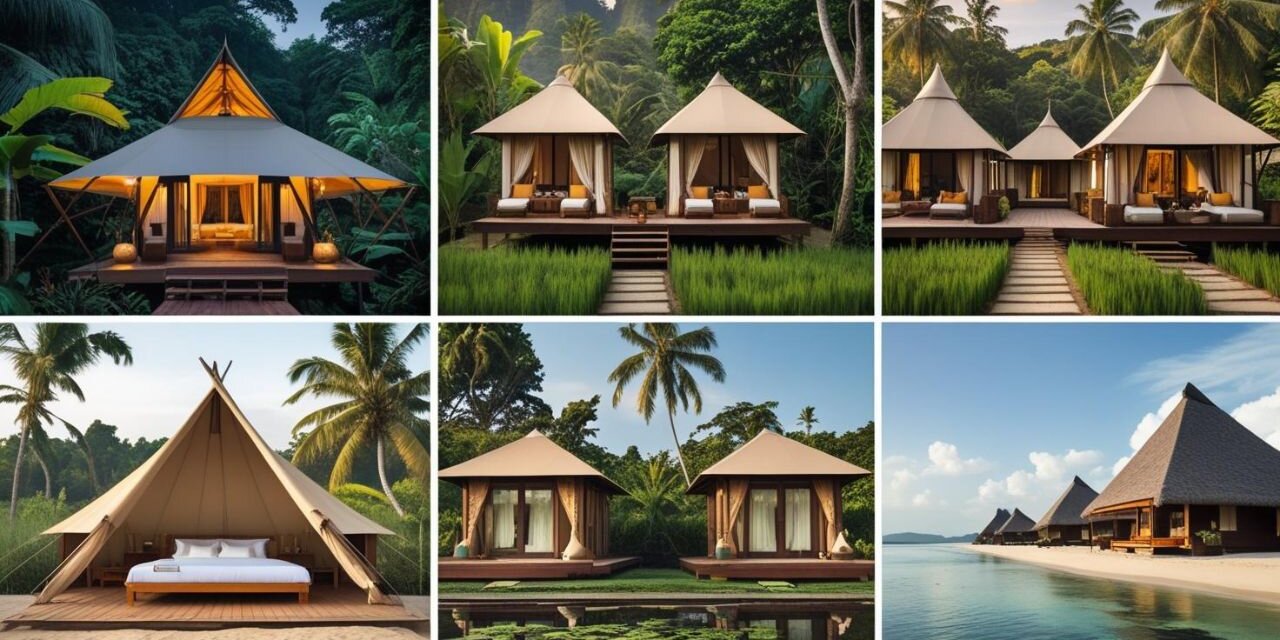
Let’s be honest—we all love a good escape. But what if you could indulge your wanderlust and help the planet at the same time? Enter eco-glamping: where luxury meets sustainability in the heart of nature. Think starlit skies, fresh jungle air, and the comforts of a boutique hotel—all rolled into one, with minimal environmental impact.
Southeast Asia is bursting with eco-glamping experiences that blend adventure, culture, and conservation. Ready to sleep under the stars without roughing it? Let’s explore the top 5 eco-glamping spots for nature lovers like you.
What Makes Glamping “Eco”?
Before we get into the list, let’s clear something up—what exactly makes glamping eco-friendly?
Sustainability Criteria
Eco-glamps follow strict sustainability principles. We’re talking low waste, low energy, and minimal impact on the land they occupy.
Use of Renewable Energy & Natural Materials
Solar panels? Check. Composting toilets? Yep. Many eco-glamps use bamboo, reclaimed wood, and canvas tents to stay close to nature without harming it.
Local Sourcing and Low Environmental Footprint
From food to furnishings, everything is locally sourced, reducing the carbon footprint and supporting local economies.
Table of Content
1. Four Seasons Tented Camp – Chiang Rai, Thailand
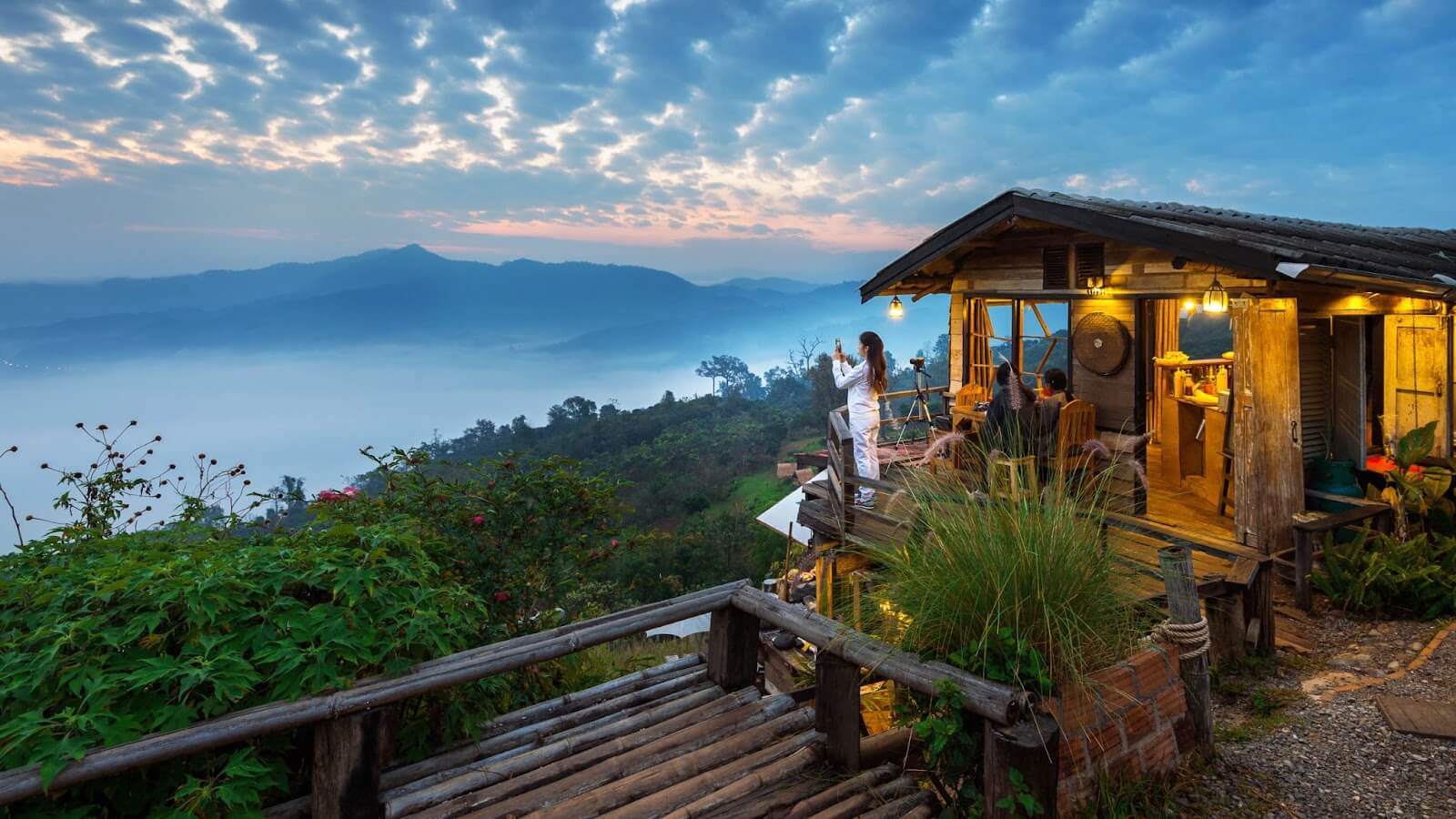
Unique Location Near the Golden Triangle
Set deep in northern Thailand’s bamboo jungles, this retreat borders Laos and Myanmar. Remote, serene, and jaw-droppingly beautiful.
Ethical Elephant Encounters
No riding here. Instead, you’ll walk with, feed, and learn about rescued elephants in a compassionate setting.
All-Inclusive Luxury With a Wild Twist
From riverside soaking tubs to curated jungle adventures—this is high-end glamping that doesn’t compromise the environment.
2. Sandat Glamping Tents – Ubud, Bali, Indonesia
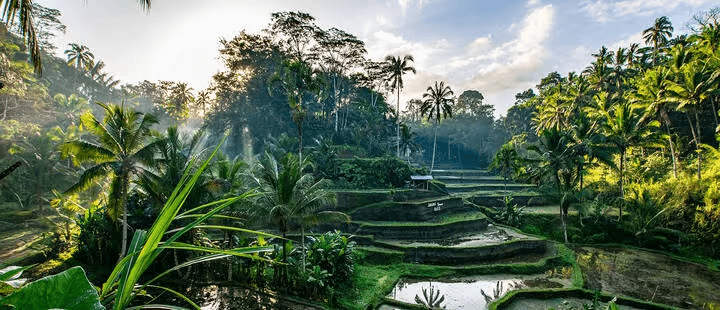
Nestled in Lush Rice Terraces
Tucked away in Ubud’s green heart, Sandat offers private safari-style tents and bamboo domes, surrounded by peaceful paddies.
Locally Crafted Tents and Bamboo Domes
Each structure is handmade using eco-conscious design. Think solar lamps, natural ventilation, and zero concrete.
Organic Dining and Yoga in Nature
Start your day with sunrise yoga and organic meals made from garden-fresh ingredients.
3. Cardamom Tented Camp – Botum Sakor, Cambodia
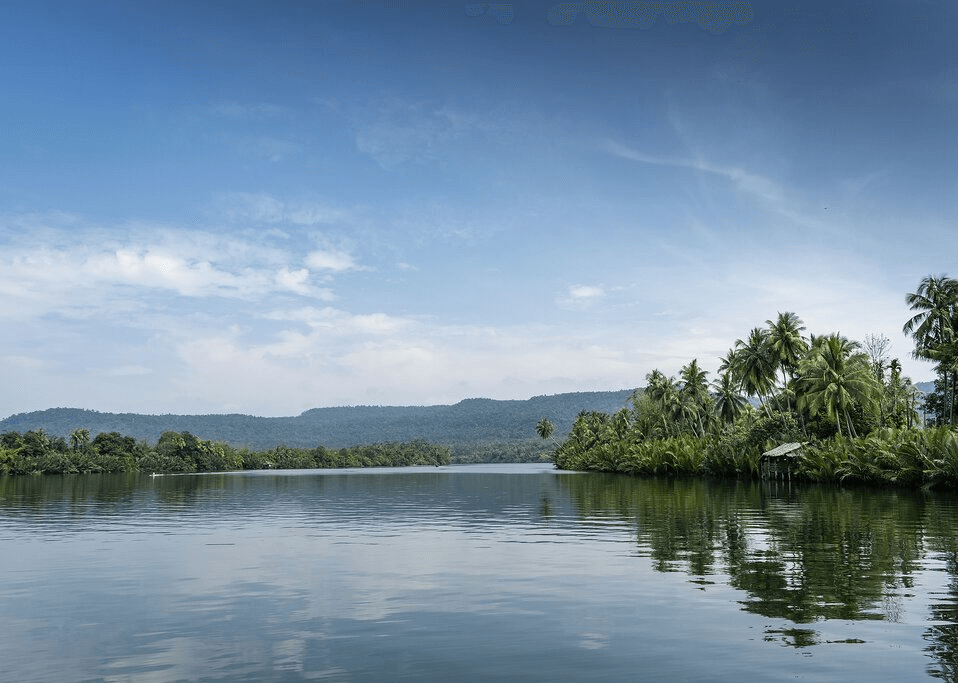
Remote Eco-Adventure
Hidden within Cambodia’s largest national park, this camp is a haven for adventure lovers and eco-warriors alike.
Support Conservation and Anti-Poaching Initiatives
Every stay directly supports forest rangers and conservation efforts. You’re not just glamping—you’re protecting a rainforest.
Guided Jungle Treks and River Kayaking
Spot rare wildlife, kayak through pristine waterways, and hike under a jungle canopy with expert guides.
4. Tabin Wildlife Resort – Sabah, Malaysian Borneo
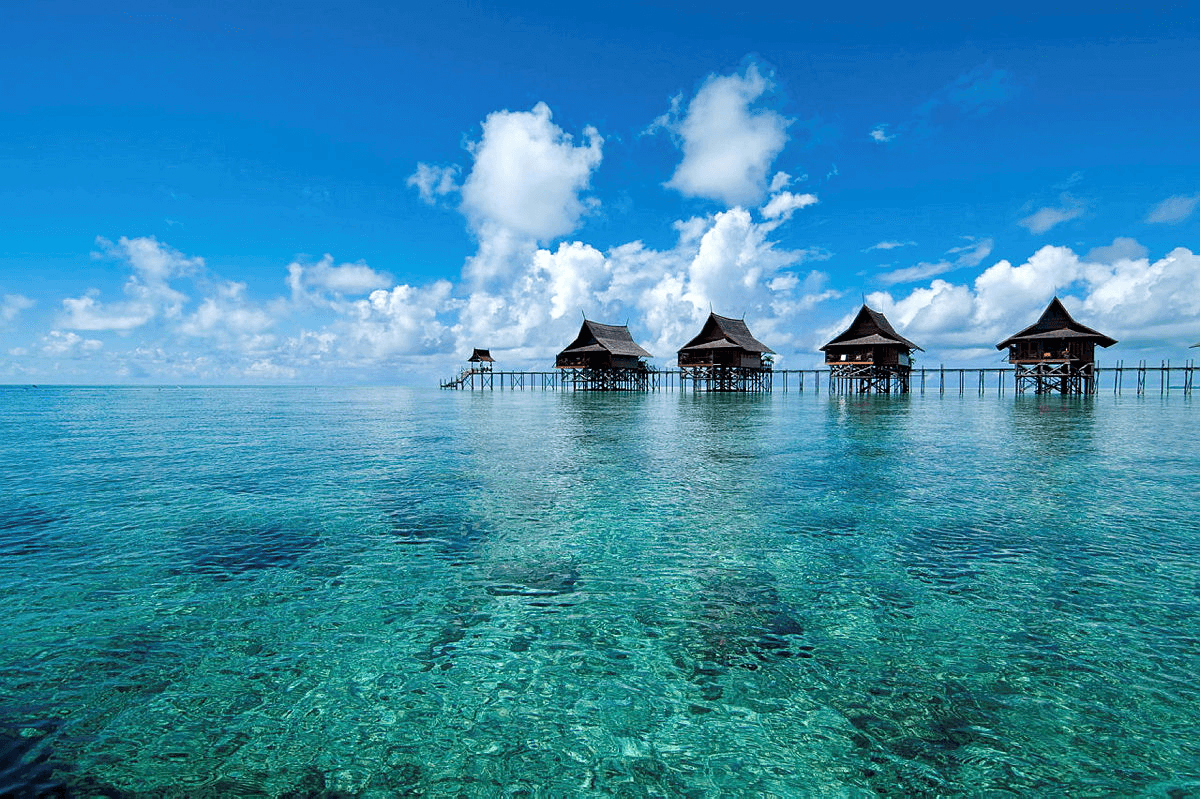
Gateway to Biodiversity
Borneo is home to orangutans, pygmy elephants, and thousands of rare species. Tabin sits right in the middle of it.
Stay in the Heart of a Wildlife Reserve
Rustic lodges with hot showers and river views give you front-row seats to Borneo’s natural wonders.
Sustainable Lodging and Wildlife Spotting
Built with local wood and eco-friendly systems, the camp supports reforestation and wildlife monitoring.
5. Natra Bintan – Bintan Island, Indonesia
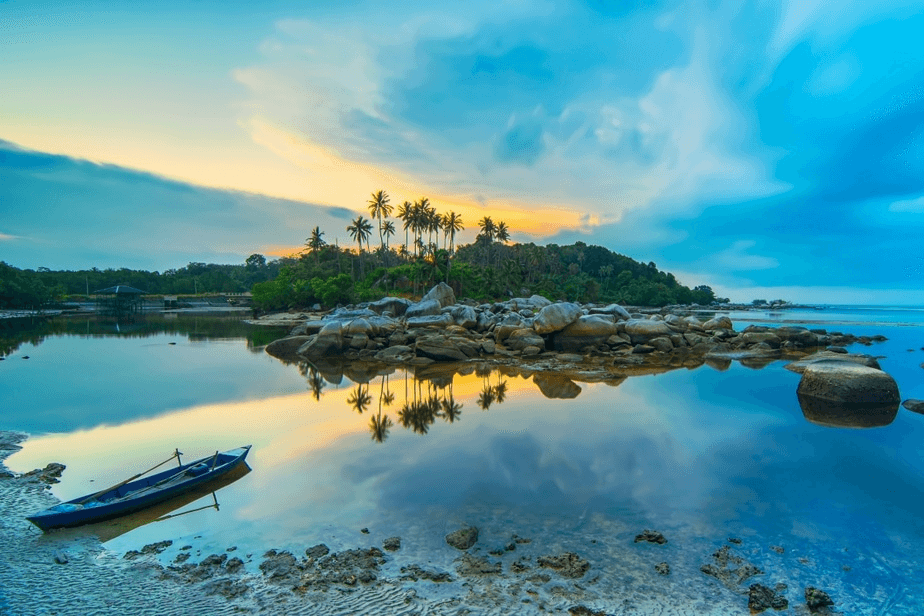
Seaside Glamping Meets Eco-Fun
Located just a ferry ride from Singapore, Natra combines lagoon-side tents with eco-conscious activities.
Activities Like Mangrove Kayaking and Eco-Tours
Go snorkeling, kayaking, or join a mangrove replanting tour—perfect for families and couples alike.
Family-Friendly and Accessible
With air-conditioned tents, on-site dining, and loads of nature-based fun, Natra is a great first step into the world of glamping.
How to Choose the Right Eco-Glamping Spot
Not sure which one’s right for you? Ask yourself…
Consider the Ecosystem and Your Interests
Love the sea? Choose Bintan. More of a jungle junkie? Try Chiang Rai or Cambodia.
Sustainability Certifications and Practices
Look for eco-labels or endorsements from conservation groups.
Accessibility and Community Involvement
The best eco-glamps empower locals, employ the community, and preserve nearby habitats.
Paking Tips for Eco-Glamping Trips
You’re going wild… but not primitive.
Eco-Friendly Travel Essentials
Pack biodegradable toiletries, a reusable water bottle, and solar-powered chargers.
Clothing for Outdoor Adventures
Lightweight, breathable, and quick-drying is the way to go. Don’t forget rain gear and sturdy shoes!
Leave-No-Trace Practices
Respect wildlife, don’t litter, and leave places better than you found them.
Benefits of Eco-Glamping for the Environment
Your stay has power—real power.
Promotes Sustainable Tourism
Eco-glamping helps build a green travel industry that prioritizes preservation over profit.
Empowers Local Communities
By employing locals and sourcing materials nearby, it boosts rural economies and preserves traditions.
Protects Natural Habitats
Your dollars go toward conservation projects, wildlife protection, and reforestation.
The Rise of Eco-Conscious Travel in Southeast Asia
Change is in the air—and it’s green.
Changing Travel Trends
More travelers want authentic, ethical experiences—not cookie-cutter resorts.
Government and NGO Initiatives
From Thailand’s elephant rescue centers to Indonesia’s mangrove projects, Southeast Asia is stepping up.
Role of Travelers in Conservation
When you choose eco-glamping, you vote with your wallet for a more sustainable world.
Conclusion
Eco-glamping isn’t just a travel trend—it’s a movement toward conscious exploration. It’s for those who crave nature but don’t want to harm it. For adventurers who want a soft bed and a clear conscience.
So, next time you plan a getaway, skip the marble floors and glass towers. Instead, sleep under the stars, wake to the sounds of the jungle, and be part of something bigger.
FAQs
1. Is eco-glamping suitable for kids and families?
Absolutely! Many spots like Natra Bintan offer kid-friendly activities and safe environments.
2. Do I need special gear for eco-glamping?
Not really. Just bring essentials like insect repellent, eco-toiletries, and adventure-ready clothes.
3. Are eco-glamps expensive?
Prices vary. Some are luxurious (like Four Seasons), while others offer budget-friendly packages (like Cardamom Camp).
4. How can I verify if a place is truly eco-friendly?
Look for certifications, reviews, and check if they’re partnered with conservation organizations.
5. When is the best time to go eco-glamping in Southeast Asia
Dry seasons (typically November to April) offer the best weather for outdoor experiences.
Is eco-glamping suitable for kids and families?
Absolutely! Many spots like Natra Bintan offer kid-friendly activities and safe environments.
Are eco-glamps expensive?
Prices vary. Some are luxurious (like Four Seasons), while others offer budget-friendly packages (like Cardamom Camp).
Do I need special gear for eco-glamping?
Not really. Just bring essentials like insect repellent, eco-toiletries, and adventure-ready clothes.





